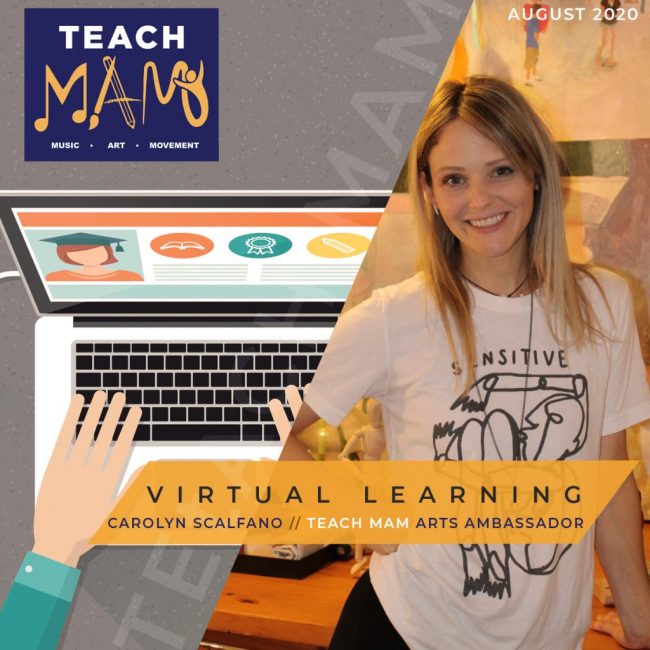It Takes A Village
As we enter into our fall semester of school, we will face a mountain of unprecedented challenges brought on by our invisible enemy, COVID-19. Let us not be overcome by our fears. Instead, let’s unite as a village to support our students, giving them the courage to grow both socially and emotionally through these uncertain times.
Throughout my childhood, I can remember hearing adults say, “It takes a village to raise children.” Now that I’m an adult, I would most definitely agree. This conclusion leads me to question, what exactly is a village? In my opinion, a village is a collective community aimed for one common goal. A village strives to improve the situation for all involved. A village also seeks to cultivate a community with a pursuit to reciprocate that sense of belonging and mutual responsibility to their children.
One of the first examples I can recall occurred during my 5th-grade year at Northside Elementary in South Louisiana. At 11 years old, I was trying to find myself, fit in with my classmates, and convince my grandmother to buy me the new LSU Starter jacket that all the kids were wearing. Even though academics came naturally, it wasn’t a real priority to me. However, I did love the social connections I found there. When an adult would ask me what my favorite subject was, I would respond without hesitation, “P.E.”
One morning before school started, the Beta Club convened for their brief monthly meeting. Mrs. White, our Beta Club sponsor, stood before us with hair to match her last name. In her soft voice, she announced we’d be having a “Mother-Daughter Beta Night.” All the girls were asked to bring our moms to socialize, experiment with make-up and manicures, and share stories about why we were all so boy-crazy, etc.
My heart dropped, and I didn’t know what to do. My grandmother, who was raising me, would not feel comfortable attending this kind of event with all the younger mothers, and I had lost my mom two years prior. I kept a soft smile on my face to keep from crying (a weird coping technique, but oddly enough, it works). Mrs. Sharpe, a paraprofessional who was also in the meeting, seemed to sense I was uncomfortable with the announcement. As my friends chattered in excitement about the upcoming girls’ night, I slipped out into the hallway to catch my breath. Mrs. Sharpe followed, opening the conversation by telling me that she would attend the event with me if that were something I wanted. Nervously, I smiled. How did she know that I’d lost my mother? Nonetheless, I was happy to be able to attend with her. Little did she know, she was planting a seed in me.
This event was the first time I witnessed the power of a village. Mrs. Sharpe was willing to step up to fill a void, but she also understood enough to know I had no idea how to voice that need. It didn’t matter that she wasn’t my mother, and I wasn’t her daughter, what mattered to her was that I felt included. She bridged the gap between the girls with moms and me, and in doing so, she helped fill a hole left in me since my mother’s death.
Her selfless offering of empathy put me on a path to become a more resilient and compassionate member of the community, offering my “village” unending grace. In time, I grew up to become a teacher who is deeply committed to social-emotional learning (SEL) and a whole-hearted believer that all students deserve a collective community that strives for their best interests–a village.
Imagine a world where every member of a child’s village was just like Mrs. Sharpe, all invested together to better each child’s path. What might that look like? Allow me to share my vision of the village that all kids deserve.
As parents, let us emulate to our children how to establish and maintain positive relationships with others and resolve inevitable conflicts in relationships. Parents, we are our children’s first teachers. Our vital work will trailblaze into their future, and we get to mold and provide direction in their most difficult times. COVID-19 has undoubtedly given us difficult and uncertain times. Let’s use this as an opportunity to teach our children.
As teachers, we will support students’ and families’ social-emotional needs -as we are highly trained professionals who are well prepared to recognize these concerns and know how to put them at the forefront of our conversations. Let’s use positive reinforcement with students, teach them how to ask for help, and identify their feelings when emotions consume them. Research from the Yale Center for Emotional Intelligence claims that teachers with high social-emotional competence are better equipped to protect themselves from burnout. We will need empathy, patience, and flexibility as we reopen schools this fall. We’ve got this!
As school leaders, let us lay a foundation of social-emotional learning in all schoolhouses so that students know they are safe, have a sense of belonging, and will be supported in effectively managing challenging situations. School leaders are urged to develop a comprehensive plan for students to access school-based mental health professionals. Schools must ensure the importance of meeting both the social and emotional needs of all students while constructing a tiered system of support. This plan takes care of our student’s social and emotional well-being, along with academics.
As we enter into our fall semester of school, let us join together on the front lines, as we navigate unknown territory. Our limits will be tested, but we’re good at that! We’ve never been the kind to quit when the going gets tough. We’ve faced countless hurdles throughout our careers, and we’ve learned a few tricks along the way that will prove useful now.
As we move forward into the new school year, let us keep a few things in mind:
- Let us remember it takes a village. Let’s join forces as teachers, parents, administrators, and community leaders to create a united front with one shared goal: To serve our students and foster their social-emotional development so they can, in turn, contribute to our village with healthy minds, bodies, and spirits.
- Communication is key. With so many questions and concerns at every turn, we will provide honest, open, trustworthy information as we lead our schools through this strange season.
- Be reminded, every child is unique, and every family system is unique. Let’s do our best to adapt to every student’s needs in our care, working across all levels to provide cohesive cooperation and support.
- We all succeed when compassion remains front and center. In times of stress, when resources become stretched, we will zoom out and remember what matters most–our students.
It is said that the best view comes after the hardest climb. I invite you–parents, teachers, school leaders–to join me in the climb as we take on the 2020/2021 school year.
**Resources: Casel has provided guidance and tools to help meet the SEL needs of your community.
CloseGap provides free tools for K-12 educators to support the emotional health of their students throughout the school day (and from afar).





























